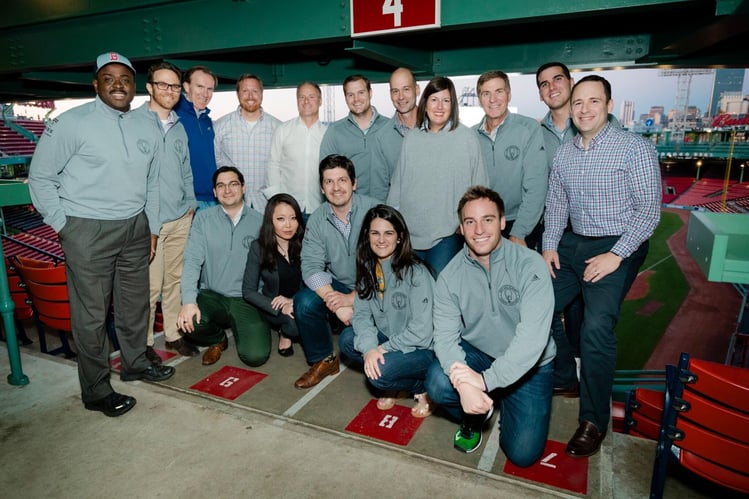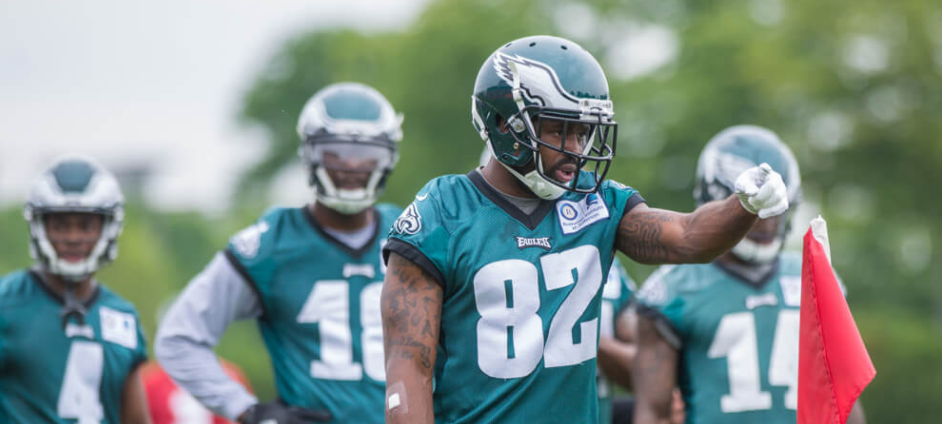It is football season. The talk radio heads are awash in delirious prognostications, again. We have our plentiful share of average high-school athlete turned NFL-expert radio personalities here in Philadelphia. But this week I heard something that is fundamental to your career as a leader in building or investing in your company. Torrey Smith has joined the Eagles this year. Torrey catches footballs from the quarterback for a living. He was on the hapless Chip Kelly infused 2 -14 49ers team last year. Torrey was also a Super Bowl champion when he was on the Ravens. One of our sports radio ramblers asked him a very good question: “Torrey, what was it like in the locker room at the Ravens?”
Immediate answer:
“Everybody is on the same page. The coaches, players, training staff. Everyone, man. We are all on the same page every day with everyone going about their business. It is just different and you know it right away.”
Is this really profound insight from an NFL wide receiver? Yes, actually, it is. Why? Because when you are on the same page, you have alignment. Alignment is necessary to drive connectedness across all the people and functions in the organization. Connectedness is the trust and teamwork communication of the company. Connectedness leads to interdependence. The amount of required interdependence between teams, departments and whole organizations is often not well designed, nor even considered when companies scale. SaaS business models are particularly in need of excellent interdependence since the customer experience is so real-time, anytime across sales, product and delivery.
I have found that most CEOs and management teams do talk a good game about alignment, but there is not a recurring practice of ensuring it is sustained. Usually when things start to break, they take a time out and insert more process or add some headcount. They logically solve the problem; however, not only is the solution temporary, but they have also missed a huge opportunity (never waste a conflict or crisis). What was the huge opportunity missed?
In fact, the most important motivation for understanding the alignment to interdependence chain is to build and sustain intense team unity. This non-quantifiable, non-BOD, non-dashboard metric is superior to all other CEO accountabilities in the company. You cannot get through the inevitable grind, low points, market shifts and losses if you do not have team unity. There are two important factors to achieve intense team unity.
-
The CEO must be a selfless, driven, smart coach with effective strategies to achieve the mission.
-
These strategies are coupled with a map of connectedness and interdependence across all people in the company.
I have found most management teams don’t appreciate, or even realize, that the X-factor in becoming number one is intense team unity. It is not just for sake of efficiency, for speed, for competitive effectiveness. It is for when you lose, when you fail, when the customer walks, when the litigation hits, when the market shifts right and you are left.
What we have learned from our successes and failures is the difference in getting to big success is not the smarts, not the SaaS, not the IP sauce. Every NFL team has number one draft choices. Every company has the 4.0 graduates, the 20 year rainmakers, the pedigrees from industry. That’s not the difference maker. It is being on the same page, locked and loaded in a unified, coordinated organization with a shared mission and shared destiny. Team unity is why people win.

In the past two months I have talked to six CEOs in depth about their organization, their businesses, and their plans. I have also exited recently from one of the largest IT companies in the world at an executive level with our platform being sold in 100 + countries. Time and again, the difference in the winners and losers, the growers versus the subtractors, is the sequence of alignment to connectedness to interdependence to intense team unity.
The first thing I do when visiting with a CEO is to discuss friction in the organization and where the process hand-offs are across the company. This begins the start of connectedness via leadership and organizational design for scale. Its step number one in “gear boxing” a company’s path to scale or getting the company un-stuck.
Getting on the same page, which fosters connectedness that enables mapping interdependence across the organization, is the basis to build intense team unity. Does your locker room have intense team unity? It is the difference of the champion versus the contenders and losers.

